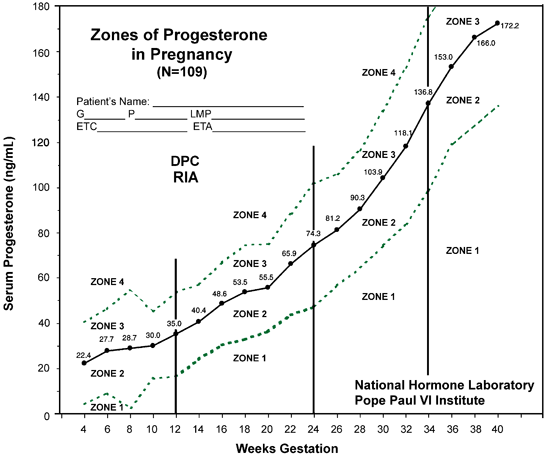
Pregnancy and Progesterone: A Comprehensive Guide
Introduction
Pregnancy is a transformative journey that involves a complex interplay of hormonal changes. Among these hormones, progesterone plays a crucial role in supporting the development and maintenance of a healthy pregnancy. This article delves into the intricate relationship between pregnancy and progesterone, exploring its functions, fluctuations, and clinical implications.
What is Progesterone?
Progesterone is a steroid hormone primarily produced by the corpus luteum, a temporary structure that forms on the ovary after ovulation. During pregnancy, the placenta takes over progesterone production, ensuring a sustained supply throughout the gestation period.
Functions of Progesterone in Pregnancy
Progesterone exerts a wide range of functions that are essential for a successful pregnancy:
- Maintenance of the uterine lining: Progesterone prepares the endometrium (uterine lining) for implantation by promoting the growth and thickening of the blood vessels.
- Prevention of uterine contractions: Progesterone inhibits the contractility of the uterine muscles, preventing premature labor.
- Development of the mammary glands: Progesterone stimulates the growth and development of the mammary glands in preparation for lactation.
- Regulation of the immune system: Progesterone modulates the immune response to prevent rejection of the developing fetus.
- Cervical ripening: Progesterone contributes to the softening and ripening of the cervix in preparation for labor.
Fluctuations in Progesterone Levels
Progesterone levels fluctuate significantly throughout pregnancy:
- Early pregnancy: Progesterone levels rise rapidly after ovulation and peak around the time of implantation.
- First trimester: Progesterone levels continue to increase, reaching a plateau by the end of the first trimester.
- Second trimester: Progesterone levels remain relatively stable throughout the second trimester.
- Third trimester: Progesterone levels gradually decline towards the end of the third trimester in preparation for labor.
Clinical Implications
Understanding progesterone levels and their fluctuations is crucial for managing pregnancy-related conditions:
- Progesterone deficiency: Low progesterone levels can lead to miscarriage, premature labor, and other pregnancy complications.
- Progesterone supplementation: In certain cases, progesterone supplementation may be necessary to support a pregnancy, such as in women with a history of recurrent miscarriages.
- Preterm labor: Elevated progesterone levels may be associated with an increased risk of preterm labor.
- Ectopic pregnancy: In ectopic pregnancies, where the fertilized egg implants outside the uterus, progesterone levels may be lower than expected.
Testing for Progesterone Levels
Progesterone levels can be measured through blood tests. Typically, progesterone levels are tested:
- Early pregnancy: To confirm pregnancy and monitor its progress.
- High-risk pregnancies: To assess the risk of pregnancy complications, such as miscarriage or preterm labor.
- Infertility evaluation: To determine if progesterone levels are adequate for conception and pregnancy maintenance.
Conclusion
Progesterone is a pivotal hormone that plays a multifaceted role in supporting pregnancy. Its fluctuations throughout gestation are essential for maintaining a healthy uterine environment, preventing premature labor, and ensuring the proper development of the fetus. Understanding the functions and clinical implications of progesterone is crucial for optimizing pregnancy outcomes and providing appropriate medical care.